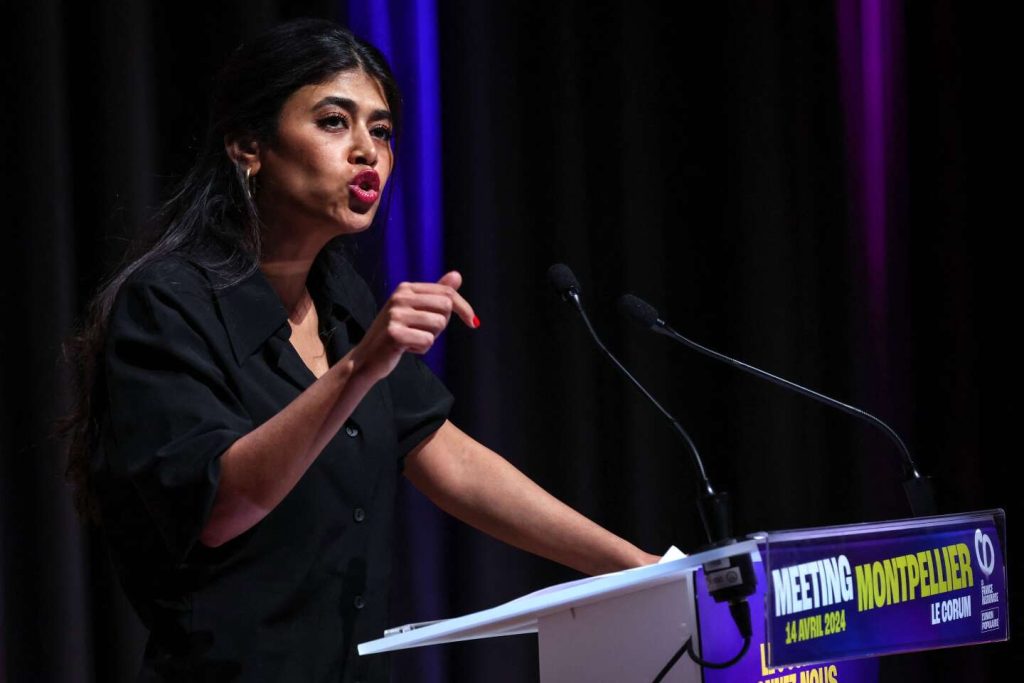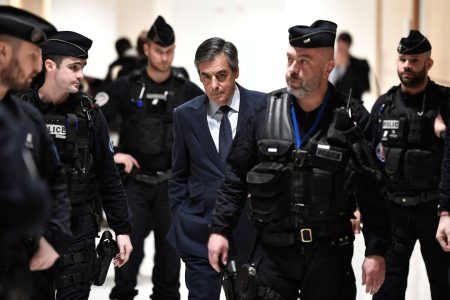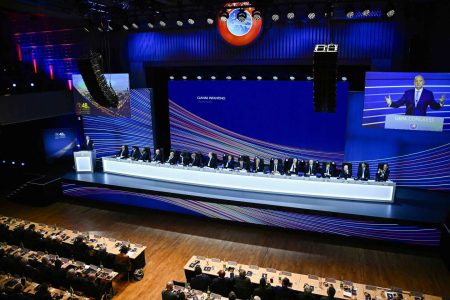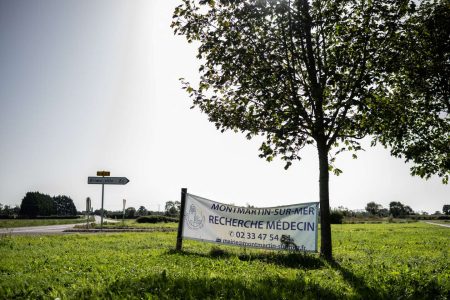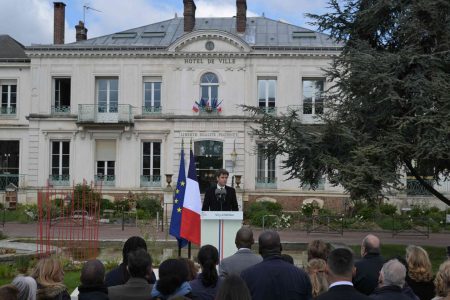A conference featuring Jean-Luc Mélenchon and the “insubordinate” candidate for the European elections, Rima Hassan, was supposed to take place on April 18th at Lille University but was cancelled by the institution on April 17th due to concerns about the ability to guarantee a peaceful debate. This decision was met with criticism from La France Insoumise (LFI), with national coordinator Manuel Bompard denouncing it as censorship and an attack on academic freedom. Despite the cancellation, Mélenchon and Hassan planned to hold the conference at a different location, with details to be sent to registered participants.
The cancellation of the conference came after several politicians from different parties, such as Renaissance, the National Rally (RN), and the Republicans (LR), called for its annulment. They cited the logo of the organizing student association, Libre Palestine, as one of their concerns. The logo depicted a territory encompassing Israel, the West Bank, and Gaza, with the association’s name. Xavier Bertrand and Sébastien Chenu were among those demanding the conference’s prohibition, claiming that the logo denied the existence of Israel. This controversy led to accusations of antisemitism and calls for the event’s cancellation.
The association Libre Palestine defended their logo, stating that it did not deny the existence of Israel but rather highlighted the ongoing colonization and boundary disputes in the region. They emphasized that their actions were not promoting hate or antisemitic rhetoric. Despite the controversy surrounding the logo, Mélenchon and Hassan continued their campaign activities, participating in a LFI meeting in Roubaix as part of the European elections campaign. This incident marked the second cancellation of one of Mélenchon’s conferences in a short period, following the cancellation of an event at Rennes-II University due to security concerns.
The controversial logo on the conference poster, alongside images of Mélenchon and Hassan, sparked debate among political figures, with some accusing LFI of irresponsibility in addressing antisemitism. Raphaël Glucksmann criticized Mélenchon for associating himself with an organization that appeared to negate Israel’s existence but stopped short of calling for the conference’s cancellation. Despite the backlash, LFI and Libre Palestine maintained that their actions were not intended to promote hatred or antisemitism, emphasizing the importance of addressing ongoing conflicts and colonization issues in the region through discourse and education.
The cancellation of the conference at Lille University highlighted the challenges of navigating political sensitivities and academic freedom in university settings. It also shed light on the complexities of discussing contentious issues such as the Israeli-Palestinian conflict in a public forum. The incident sparked debates about the limits of free expression, political activism, and academic independence in the context of election campaigns. Moving forward, it remains to be seen how similar controversies will be addressed and resolved in the ongoing political discourse surrounding the European elections and beyond.









